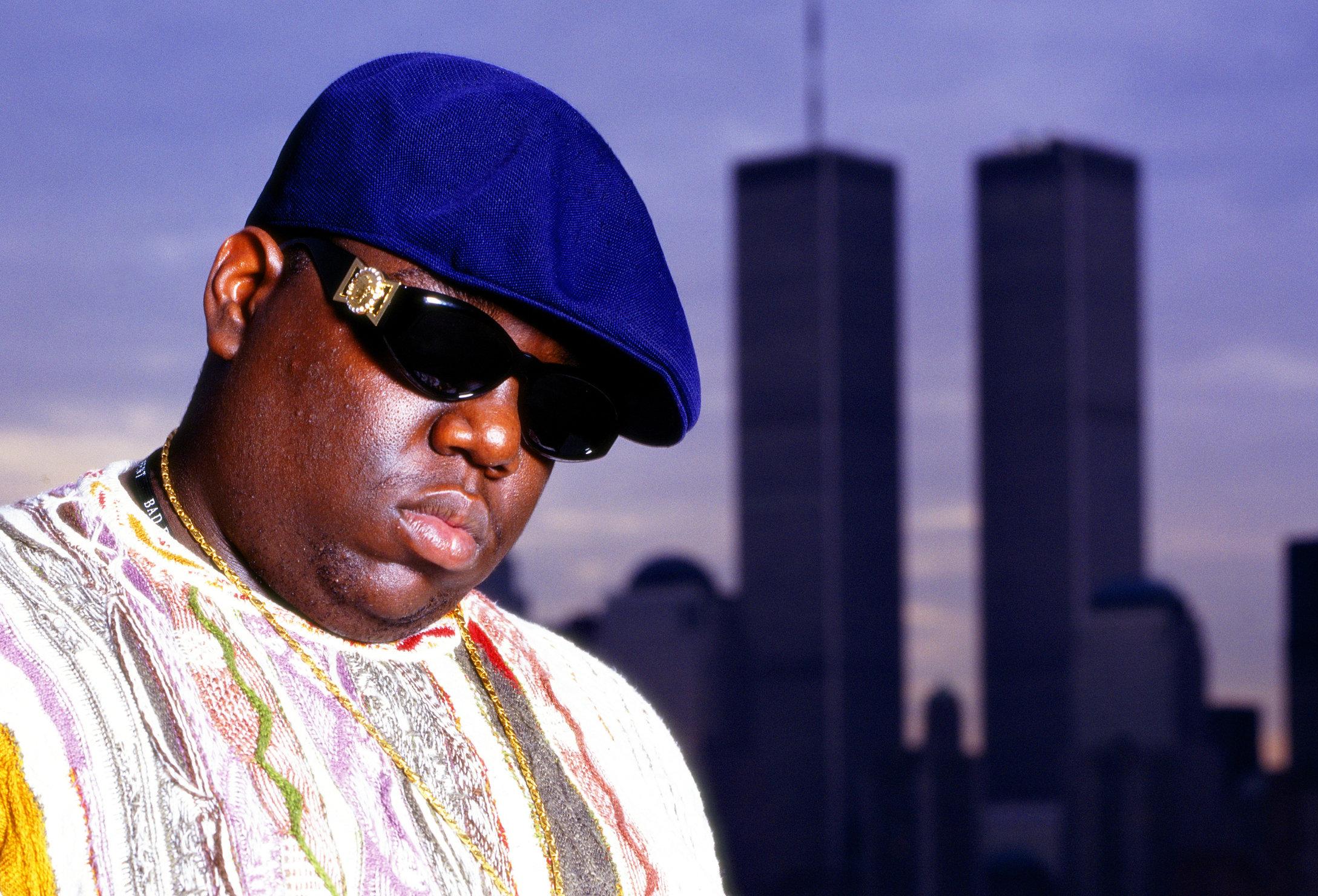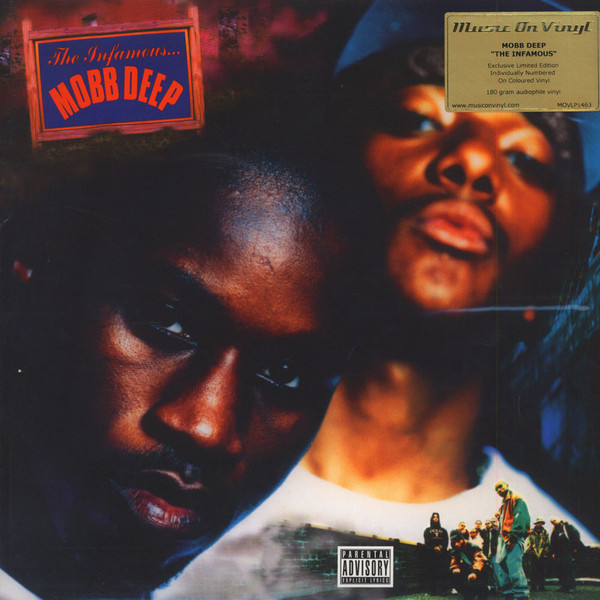Why one of hip hop’s most famous photographers, Chi Modu, doesn’t shoot rappers anymore

Biggie, Tupac, Snoop Dogg – name a musician at the forefront of the hip hop explosion of the late ’80s/early ’90s and you can bet that they’ve stood in front of Chi Modu‘s lens.
The Nigeria-born, New Jersey-raised photographer has an illustrious history, starting out in the photo department of iconic hip hop magazine The Source during the most fertile time for the genre.
Modu’s photos have graced the album covers of Snoop Dogg’s 2017 LP Neva Left and Method Man‘s Tical, and his iconic picture of Tupac Shakur made it to the cover of Rolling Stone.
In the country in October for UNCATEGORIZED, a behind-the-scenes talk and masterclass, we caught up with Modu to find out how he managed to find the vulnerability in some of the genre’s most hardened figures, and why he won’t be returning to hip hop photography.
You’ve said that you wanted to bring aspects of photojournalism to shooting these hip hop acts. What did this entail?
Well, I am both a photojournalist and a documentary photography so I wanted to go in and do a bit more storytelling around these subjects.
What we were seeing in hip hop prior was a lot of snapshots and moments, not a whole lot of spending. I mean, you’d see some behind the scenes, but not a whole lot of extensive time showing more of the artist’s lives. Where are they from, who are their friends, the universe of the rapper and not just the performer.
I wanted to set out as a journalist to tell you the whole story; show you the neighbourhood, the block, everything. Kind of take the viewer in a little bit closer so they learn a little bit more about the person, which enhances their love for their artist.
Your photos are famous for showing a personal side of these artists. What’s the key to creating intimacy in photography?
I think my biggest skill is I have a lot of empathy and understanding for people. I deal with the person in front of me. I don’t care how rich you are, how successful you are, you could be having a tough day.
You’re going through challenges so I have to be able to spot that and understand it. Maybe they may not be in the mood to do something I might have envisioned when I was planning the project and the reality is it doesn’t work when you get in front of your subject, you have to be prepared to change the plan.
You don’t really want to put them in a situation that’s uncomfortable. That can be for selfish reasons because if my subject is comfortable, they’re going to be more cooperative with my camera, the pictures will ultimately be better.
You shot a number of album artworks. What would be your favourite and why?
You know, I actually really haven’t done that many album covers. Most of my work was editorial and that’s why my work flows the way that it does.
It’s because when you’re shooting editorial photography, it’s really the photographer’s perspective. It’s not like a preplanned thematic thing that you find with album covers, although I’ve done a few.
I did Mobb Deep, I did Snoop’s album, I did a Tupac album postmortem, but I think the Mobb Deep one is probably the one a lot of people like in my album work.
The Mobb Deep Infamous album has the two of them, Havoc‘s in the foreground, Prodigy‘s in the background.

I actually had my lens opened up so I played around with depth of field a bit. Which people thought that was a little bit odd in some ways, that I had one guy in sharp focus and one guy kind of out of focus but eventually they liked how it looked.
Although he’s behind Havoc you still see like the intensity of his bandana and his hat and it’s definitely clearly Prodigy that you’re looking at in the background so it worked. It’s a shot they kept trying to repeat for years after in their career, so we hit it.
Who are the photographers that you respect and why?
I tend to look more at like older street photographers like Brassaï, [André] Kertész both early 20th-century street photographers.
I also like Roy DeCarava and James Van Der Zee, these are the kind of people, that get out and document and look at their community and try to bring their community out to the public.
What are you excited to cover in your Australian masterclass?
I think, at a base level, photography is really painting with light. You first have to understand the technical and I say to people, you want to move away from the technical as quickly as you can and get into composition.
I think composition is where you’re able to tell the story that you want to tell with your camera. It doesn’t matter what kind of subject it is – from someone on the street corner to one of the biggest rappers in the world to one of the biggest athletes in the world – kind of teaching a little bit of the process of how you can get to the same place with all your subjects.
What’s a mistake that you constantly see young music photographers making?
I think the error I see these days is really attached to the pressures of social media. I think social media is a fantastic tool for us if you know how to harness it. It’s not really about photographers showing themselves, it’s more about photographers showing their work.
I also find that photographers that choose to show their work but also go on and on in their captions about how magnificent their work is and writing all that fake poetry, is also a distraction.
I think photographers need to pull themselves out of the formula, and over time let people come back to you and say all the things you are already saying about your own work. If it’s not from the public then I believe all the chest pumping is a little bit premature.
I don’t think you start reflecting on your career when you’re three or five years into it. I think it really requires 10, 15, 20 years. Photographers are the tortoise against the hare. Eventually, we catch fame, but that’s long after. Our job is to make other people that are famous look famous; our job is to make other people look good that are famous, and if they’re not quite famous yet, help them to become famous with our images.
If you’re a celebrity photographer, that’s what you do. It’s not about you.
What’s your favourite behind the scenes story from a shoot?
The “my favourite” question is always sort of a funny thing. I mean, how do you pick a favourite?
I can really go on and on about different shoots, from sending Tupac home due to an equipment malfunction to trying to wake Biggie up, from sleep, in his bedroom to try and take the famous twin towers pictures and he really didn’t feel like doing it that day.
I can go on and on but what I like most about my behind the scenes experience with people, it’s when I’ve been able to actually put my camera down. That’s something I speak to photographers about a lot. Don’t be afraid to put your camera down and not take any pictures.
You have to be really careful so that when you lift your camera up, it’s not changing the mood in the room too much. Don’t be afraid to actually put it down and talk to and relax with your subject. Once they’re relaxed, then pick your camera back up again. That’s my trick to behind-the-scenes photography. Sometimes don’t even take the picture.
Who are the upcoming hip hop artists that you’d like to work with?
Not really any. I mean, I don’t really think of myself as a hip hop photographer. I think of myself as a photographer, so I’ve photographed a lot of hip hop in my life because I was always very motivated by it. It was groundbreaking, cutting-edge, forward-thinking and dangerous.
It’s moved away from those terms these days but it’s still good music, but I’m a documentarian and a photojournalist, so I set out to show things and capture them when they’re still raw, fresh, and unexploited.
I think any genre after a while gets a little bit diluted based on its popularity, so I love the fact that hip hop continues to go, but as far as visually for me, it doesn’t really stimulate me that much.
Sure, musically there are artists that I like to listen to their music and it’s all the typical ones. I like Vince Staples, I like A$AP, I like Drake, I like Kanye‘s music, it’s a long list of people that I still rock with but as far as photographing them now, no, I think there’s plenty of people doing that.
I’ve been asked by some of the big stars, but I keep kicking that can down the road. I think I’ve done enough.
Chi Modu’s UNCATEGORIZED masterclasses and talks will take place in Melbourne and Sydney this October. For more information and to grab tickets, click here.






























